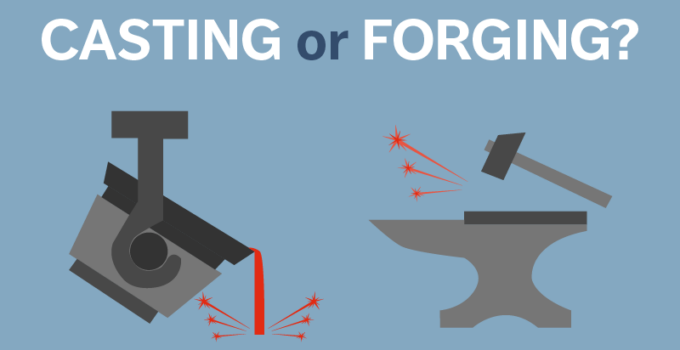Depending on the metal components that need to be used, we can create items with several different manufacturing processes. The most popular and best-known production procedures are casting and forging. Even though the way of creation is different, similar metals can be used to create parts, objects, and items. In this article, we are going to tell you more about the main differences between these two methods of creation, and we will help you choose which one would be better for you, depending on your specific needs.
Page Contents
1. Manufacturing process
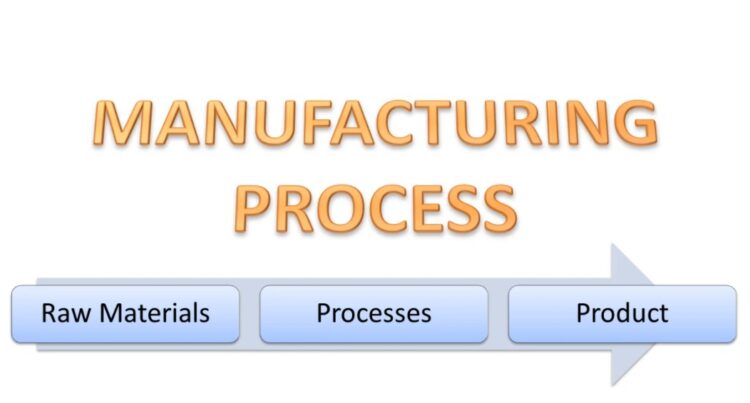
Source: bitsathy.ac.in
The first and biggest difference between the two processes is the way the items are manufactured. There are other differences we are going to talk about, but the manufacturing process is the first and foremost.
Let’s first talk about casting, and how items are made with it. As the name suggests, the metal is melted to a point where it becomes a liquid, and then it’s poured into a mold where it can be hardened. There are a lot of different types of molds depending on the metal that’s used, but this is the base of it all.
On the other hand, when it comes to forging, the metal is heated, but not to the point where it melts. It needs to be heated just enough so it becomes softer and easier to change. Later on, professionals use hammers to give it the desired shape. If you don’t know how this looks, just think about the way swords are made. You’ve probably seen this process in many movies, including blockbuster TV shows.
2. Complexity
When we are creating different items, in some cases, we need the finalized product to have a lot of details, and we want the design to be perfectly shown. In other cases, the complex design is not needed, and the item itself does not need a specific or small décor.
In case you want to create items that have specific shapes or designs on them, then you should use casting. Casts can show even the smallest details and no matter how big or small the items are, everything will be shown properly.
On the other hand, forging will not let you portray small shapes and details, and this type of process is used when the item should not be delicate. This method is usually used for simple items that need to be strong, but not as pretty as the ones that can be created by using molds.
3. Size
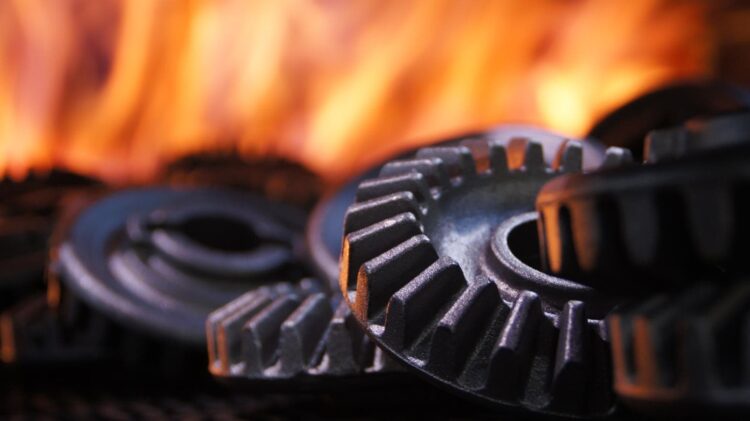
Source: bluewaterthermal.com
When it comes to size, and creating different items, both processes can be used to manufacture items of different sizes. Even though when it comes to manufacturing products with a standard size, you can use both casting and forging, you need to pay attention when it comes to larger objects.
With forging, there is an upper size limit, and you cannot easily work on products that are too big. It is said that if you need to manufacture large and complex components, it is better if you choose to cast.
According to dawangcasting.com, no matter if you are interested in products made of stainless steel, carbon steel casting, alloy, or even manganese steel and steel casting process – everything can be easily created using casting, no matter the size of the item that you are looking for.
4. Strength
Now let’s talk about the strength and durability of the item that is created. We mentioned a lot of advantages to the casting method, but in this part, forging is a lot better.
One of the main reasons why people choose to forge is because the end result is going to be better, more durable, and stronger. It is said that items that are created by using a heated metal and a hammer, are going to be 70 percent more durable than those that are created by using a mold.
The main reason for this is the tight grain structure, and with it, the produced parts are stronger, and they are less likely to wear in time. Even though forging provides greater strength, this does not mean that items created by molding will not be durable, or that they are going to break when you first use them.
5. Price
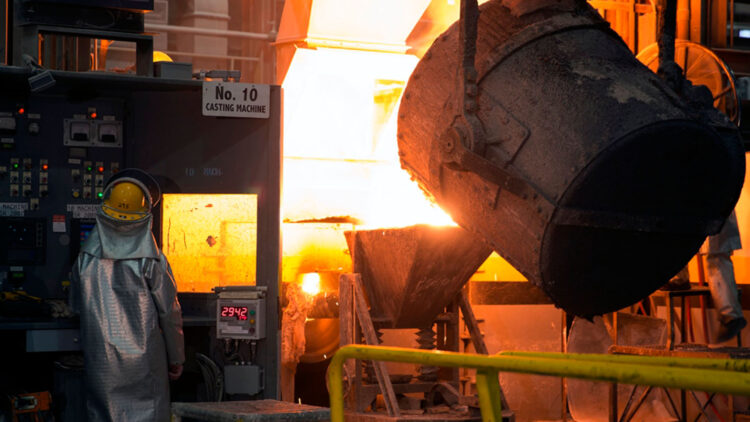
Source: metaltek.com
There is a difference in price between these two manufacturing methods. When it comes to molding, the equipment, and the tools that are used are less expensive. On the other hand, casting requires a lot more materials to be used, and a lot of workers to be able to create these items.
Forging is less expensive when it comes to labor, and there won’t be as many material scraps when the process is done. If you are looking to find out which option will be better for you, experts suggest that you should only pay attention to the price if everything else can be done with both processes.
6. Why choose to cast
There is no upper size or weight limit when you create items by using molds, and the parts created will be lighter than those that are created by forging. You can choose a lot of different metals, materials as well as alloys, and the manufacturing process is usually cheaper.
With this process, you can create both big and small items, and if you need parts that need to have different shapes or specific details, this is the manufacturing process you should choose.
7. Why choose to forge
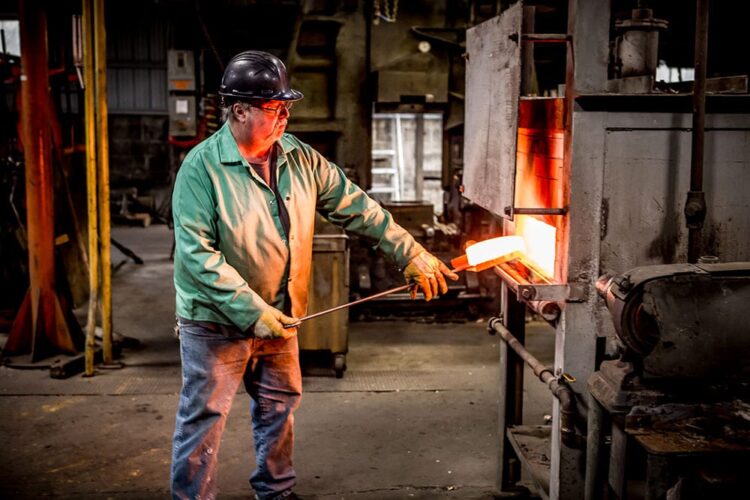
Source: elecmat.com
Some of the forging advantages include durability, strength, the material will not shrink or erode with time, and you don’t usually need to use alloy to preserve the high strength.
These items will withstand impact far better than those made by molding, so if you are looking for something that will withstand the test of time, you should use this manufacturing process.
As you can see, there are positive and negative sides to both casting and forging. If you want to manufacture a lot of items, you need to think about what you are looking for to get, and which process would benefit you the most. Before making the final decision, make sure you talk to the manufacturer and see what they recommend you. Think about the size, weight, type of item, and what it is going to be used for.

